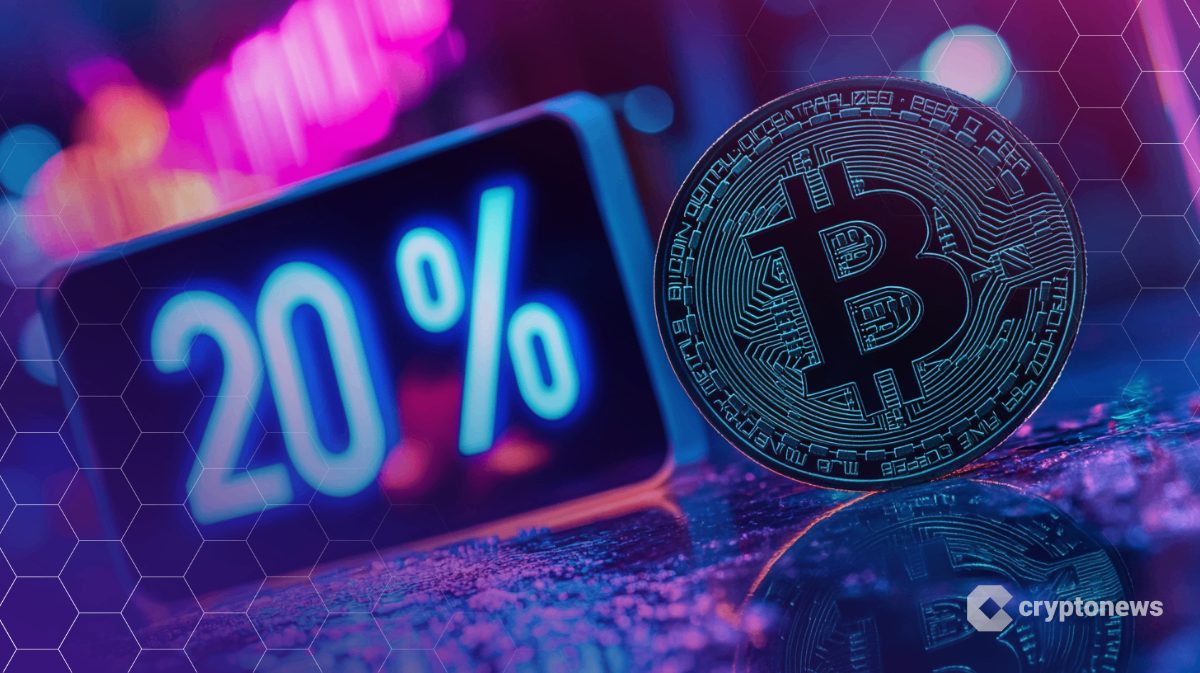Next memecoin to explode: $450 in these 6 tokens could make $900k
Disclosure: This article does not represent investment advice. The content and materials featured on this page are for educational purposes only.
These 6, low-cost meme tokens with real utility could turn $450 into $900k.
Smart investors know it isn’t about overnight luck but timing, conviction, and picking projects that can deliver real surprise. As the market revs up after this year’s lull, one class of tokens is drawing particular attention: memecoins with actual infrastructure and strong communities. Among them, a few are quietly building momentum that could explode between now and next summer.
Right now, spreading $450 across six well‑positioned meme tokens, each at an early stage, could put an investor on the path to more than half a million in gains. Yes, that’s aggressive. No, it’s not easy. But for investors who believe meme culture isn’t just a fad — who see it as the narrative engine of crypto — these projects offer a rare blend of head-turning upside and genuine execution.
1. Little Pepe
The strongest contender of the bunch is Little Pepe (LILPEPE), a true next‑generation memecoin that pairs internet culture with real infrastructure. LILPEPE is currently live in Presale Stage 6 at $0.0015, and it has already raised over $7.6 million across all stages in just over a month. That kind of traction means this isn’t a concept — it’s becoming a movement.
What makes Little Pepe truly unique is its ambition as a Layer‑2 blockchain built exclusively for memes. No sniping bots, ultra‑low fees, lightning speed, and dedicated tools like a memes launchpad are part of the package. While most memecoins are token-first and idea-later, LILPEPE was designed from day one with a roadmap through launch, CEX listings, and community growth.
If LILPEPE hits just $0.10, which would place it among larger memecoin caps, it represents a nearly 70x gain from today’s stage 6 price. But if it rides meme wave cycles into broader adoption, it could go even higher, flirting with numbers that turn hundreds of dollars into hundreds of thousands.
2. Solaxy
Next up is Solaxy (SOLX): a Layer‑2 scaling solution built on Solana, purposed for meme token deployments and NFT rollouts. The core pitch: low fees, developer tools, and quick mint capabilities. Early traders and devs appreciate how accessible it is for launching new meme tokens without battling congestion.
SOLX recently wrapped up a presale and is prepping for its mainnet launch. As Solana’s broader ecosystem hums with activity, expect SOLX to attract traffic from both developers and speculative traders seeking the next viral token.
3. Bonk
No meme roundup is complete without Solana’s rising canine star, Bonk (BONK). Originally built as a playful alternative to PEPE and Dogecoin, Bonk is finding renewed life through liquidity bootstrapping events and ecosystem growth. Thanks to Solana’s resurgence and NFT appetite, BONK holders benefit from broader on-chain volume.
BONK’s affordability, often trading under a fraction of a cent, makes it an easy entry point. As Solana climbs, keeping this token in the mix adds a layer of low-risk meme exposure.
4. Pudgy Penguins
Pudgy Penguins brings together meme energy and NFT culture. Though primarily known for its adorable digital artwork, PENGU has quietly built an ecosystem: merchandise, collabs, and utility-layer features allow holders to unlock merch or services. Whale wallets have increased their PENGU holdings, suggesting smart money is warming up again.
If market demand for lightweight, branded NFT communities continues, PENGU could become a leader in web3 social ownership. Visual trending memes tied to distinct assets often blow past simple token-meme peers, giving PENGU a shot at 100x moves over the next year.
5. Popcat
Popcat brings meme culture into interactive formats. With a recently completed presale and growing social engagement across Telegram and Twitter, the token taps a viral-nostalgia niche. Although lacking a massive infrastructure build-out, Popcat’s brand familiarity and momentum make it a formidable presence in a meme surge.
An investor with $450 could stack a strong holding and ride demand when marketing and social chatter peak. Popcat may lack big backend tech, but in meme time, a strong frontline community can yield enormous proportional returns — even if peak valuations aren’t lofty by traditional altcoin standards.
6. Dogwifhat
Completing this list is Dogwifhat (WIF), one of Solana’s OG memecoins. While it’s older than the others, WIF’s resilience in Solana’s expanding meme ecosystem remains notable. It already commands high social sentiment and benefits from periodic DeFi utility launches. In a rebounding meme market, WIF could be the surprise beneficiary, its veteran status making it a sleeper pump candidate.
Final words
The memecoin landscape isn’t what it was in 2021. Now, community, tools, speed, and chain infrastructure matter. LILPEPE leads that trend, bringing utility to the meme format. SOLX, BONK, Future Pepe, Snorter, and WIF all occupy strategic corners of meme branding combined with functionality.
If next year’s meme explosion arrives with renewed societal interest, the right picks could escalate fast. Lean in, stay alert, and let these six tokens — ready to surprise and built to run — show whether a $450 today becomes $900,000 tomorrow.
To learn more about Little Pepe, visit the website, Telegram, and X.
Disclosure: This content is provided by a third party. Neither crypto.news nor the author of this article endorses any product mentioned on this page. Users should conduct their own research before taking any action related to the company.
You May Also Like

Japan's largest bank, Mitsubishi UFJ Financial Group, will provide real estate tokenization services for retail and institutional investors

Japan Moves to Greenlight Bitcoin ETFs—Crypto Gains Taxed at Flat 20% Rate
